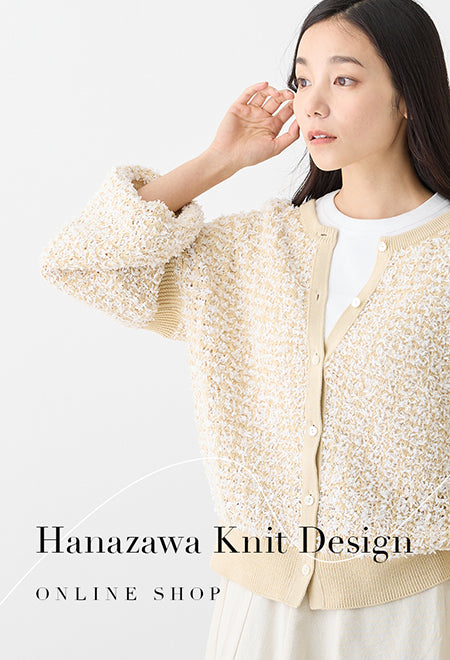Admiration for DEMOCRATIC SPIRIT and DANDYISM EXPRESSION~Gentlemen's woven HAT STORIES OF PAST AND PRESENT~

Lescaut, Alpine, Liner, Terrapinch, Tyrol hats・・・・
Gentlemen's hats come in a variety of shapes and sizes, including the so-called "hat-type" hats.
When did the culture of men's hats begin?
We would like to trace its origin.
Early Period - Dissemination Period (Meiji - Taisho Eras)
Western-style hats and caps began to be worn in Japan during the Meiji period (1868-1912).
We consider the decree to cut off bobbed hair in the fourth year of Meiji (in 1871) to be an epoch-making event, as hats became necessary to hide the "zanbara head (half-shaved head was a samurai haircut)" that resulted from cutting off a topknot.
The rapid dissemination of Western culture led to the popularity of Western-style clothing. However, it was still very expensive to buy a complete suit set. At that time, all clothing fabrics were imported from Europe and the United States, and it may have been more economically effective to use plain fabrics such as tropical or saxony ones, or patterned fabrics such as pinstripe, chalk stripe and to buy only a hat.
The fact that it was adopted as a uniform hat for police (officers) and college students may have also had an influence... And one more thing...
We suspect that the Japanese, who are "small" compared to Europeans and Americans, preferred to wear hats to make themselves look bigger.



The hat is an item that symbolizes a new era (Democratic Spirit) in which all people are equal and free from the long-lasting rank system of the samurai era. It is exactly because the hat is an item that makes people cut off their topknots, enjoy their freedom, and look forward to a new era that it is still being used today, 150 years later.
From the Period of Growth to the Present
From the dawn of the new era, the Meiji period, and up to the early Showa period, hats gradually became an indispensable item for personal grooming. A lot of men, students and adults, wore them. White-collar men in the pre-war period were especially particular about hats, wearing them even when going to the neighbor's house to borrow a phone (Dandyism Expression)
In the early Meiji period, people often wore bowler hats, and from the Taisho period onwards, they were often seen wearing fedora hats and hunting caps with their kimonos.
In the Showa era (1926-1989), movies and TV shows gave us the image of the ultimate chick and elegance matching a suit with a tie and a hat creating a crispy look. Nowadays, it takes a lot of courage to coordinate like it.(Dandyism Expression)


Today, apart from spiritual and cultural theories, hats are also used for hobbies, lifestyles, and other activities that one can "enjoy" in one's own best way. In addition, unisex hats, such as bucket hats and mannish hats, are increasing in number and are favored by a wide range of people.
As a hat manufacturer, we pay respect to the Democratic Spirit of our predecessors and are willing to carry on the hat culture ("culture" and "civilization" are two notions having a different meaning: "culture" embraces each and every epoch and is a standard for spiritual thinking, while "civilization" is limited to a certain era and region and focuses on economic and technological progress). This is the Dandyism Expression that is passed on from generation to generation.

